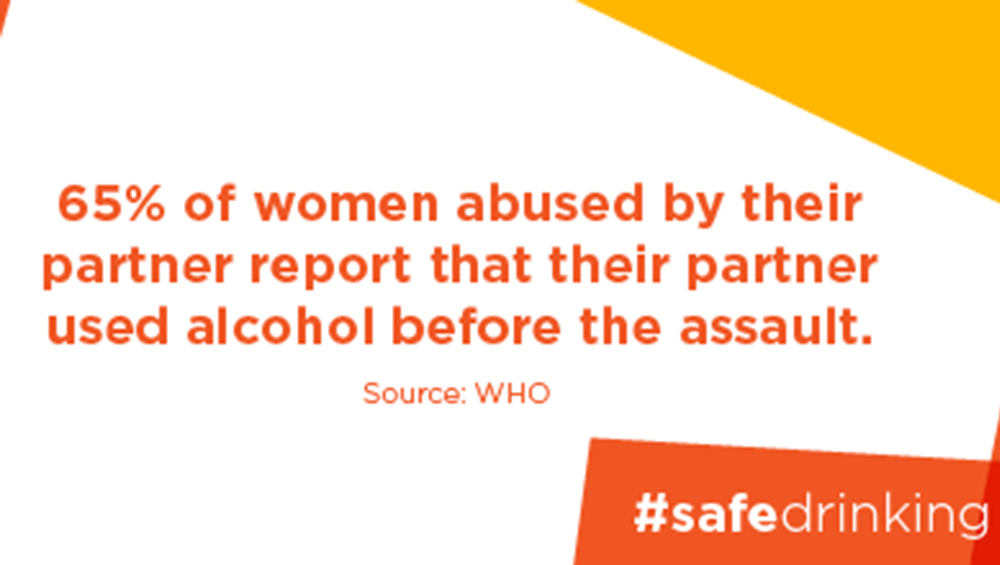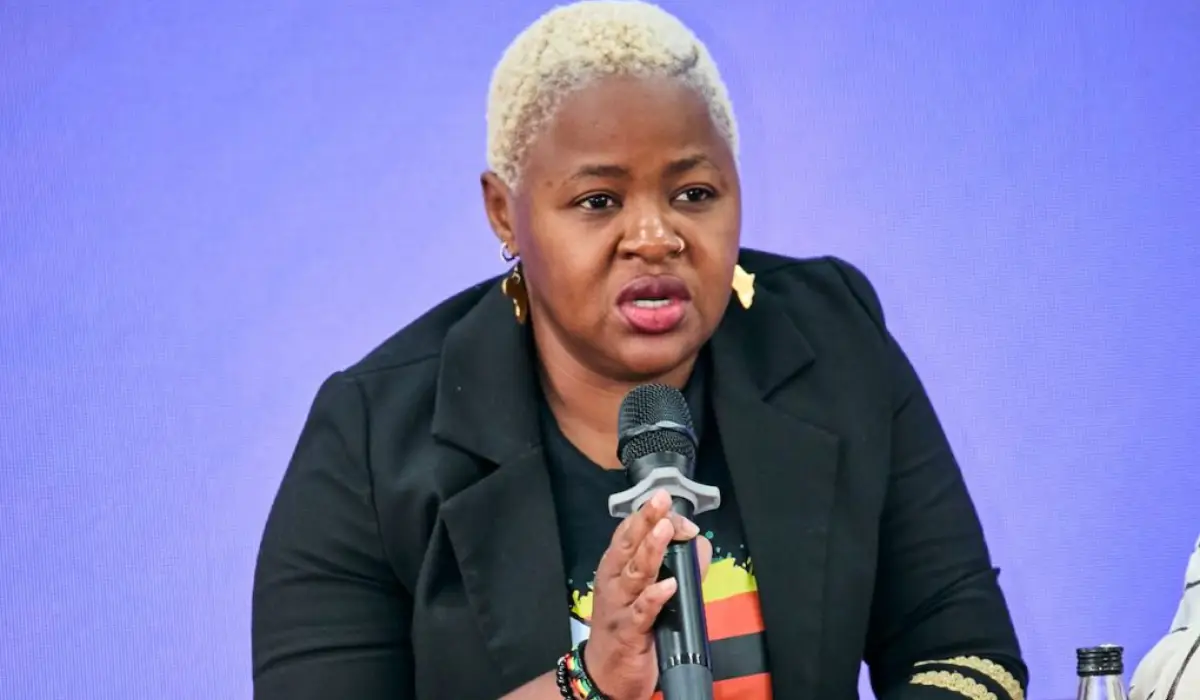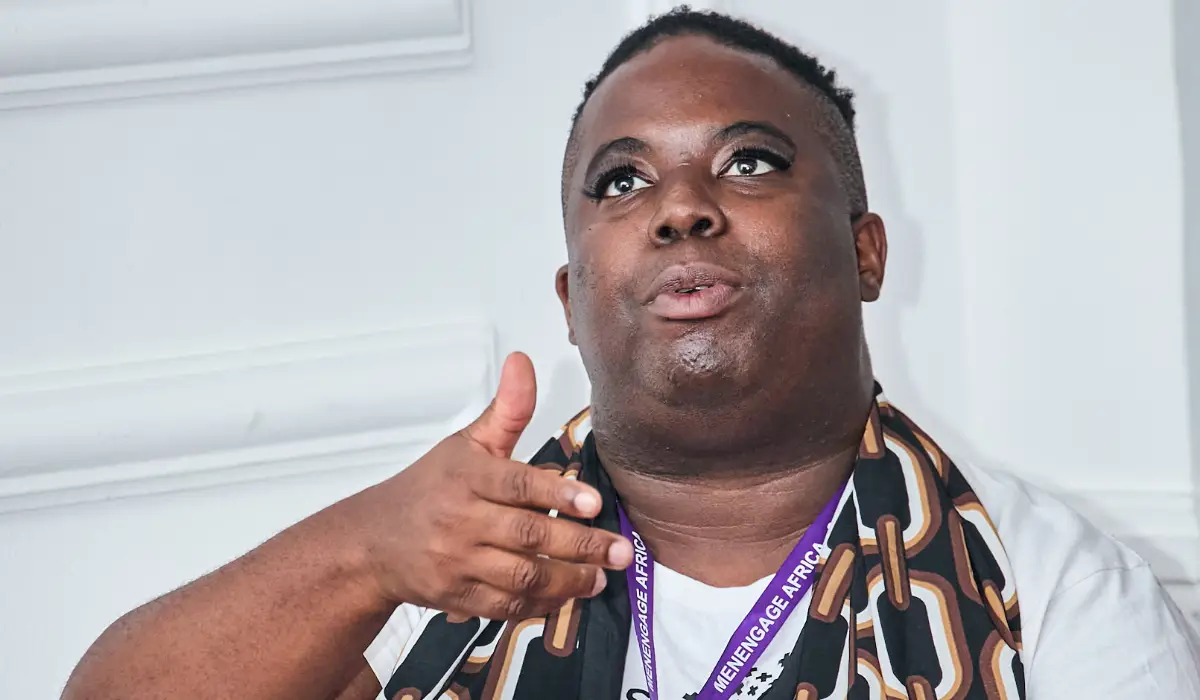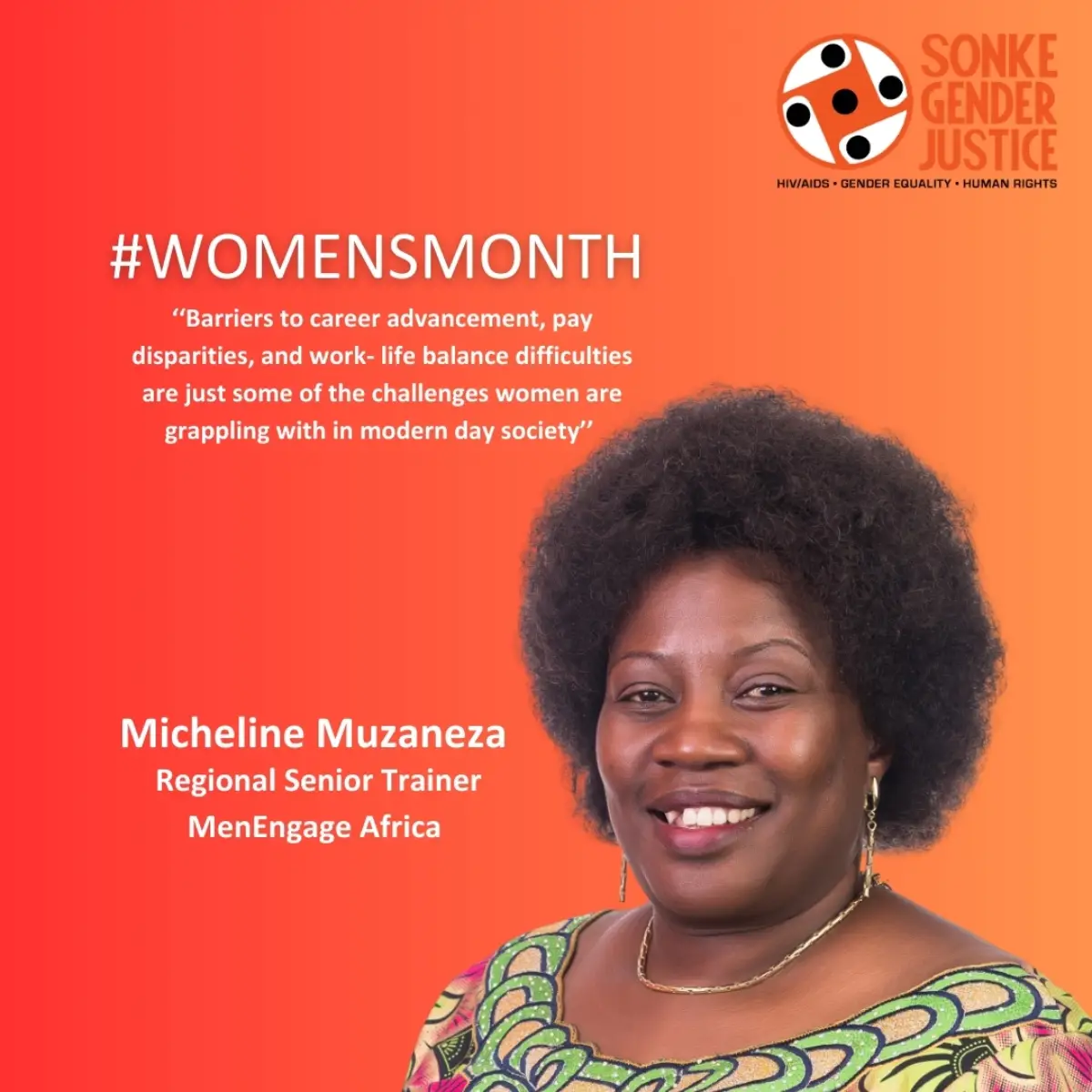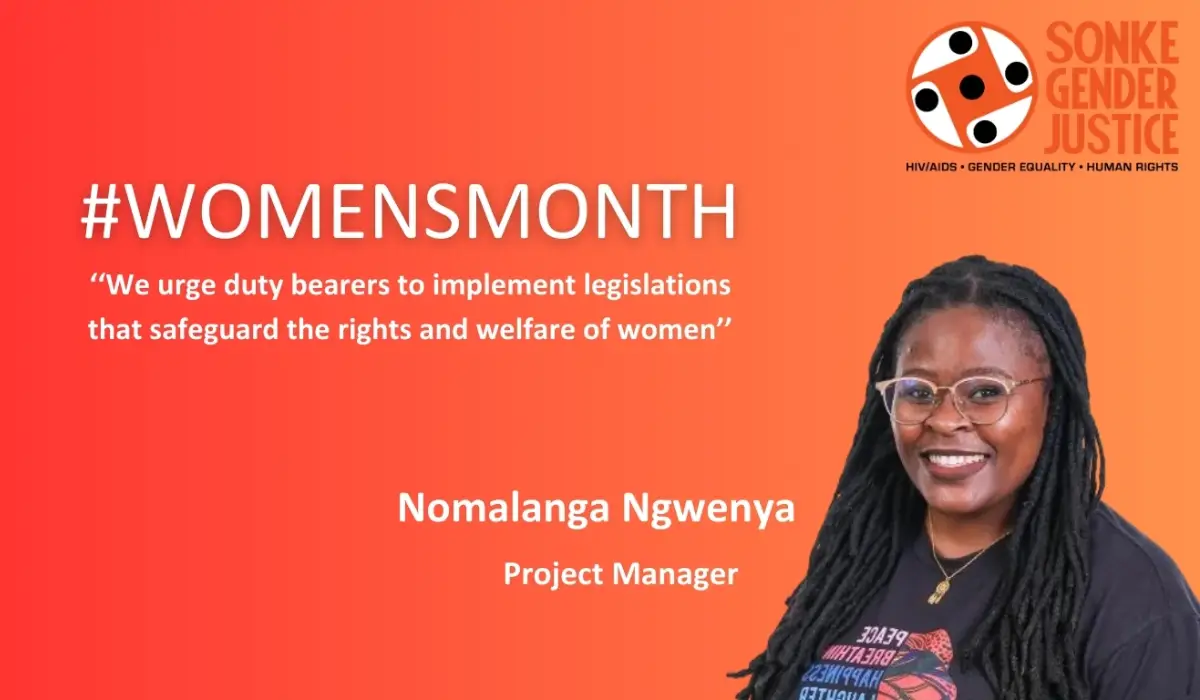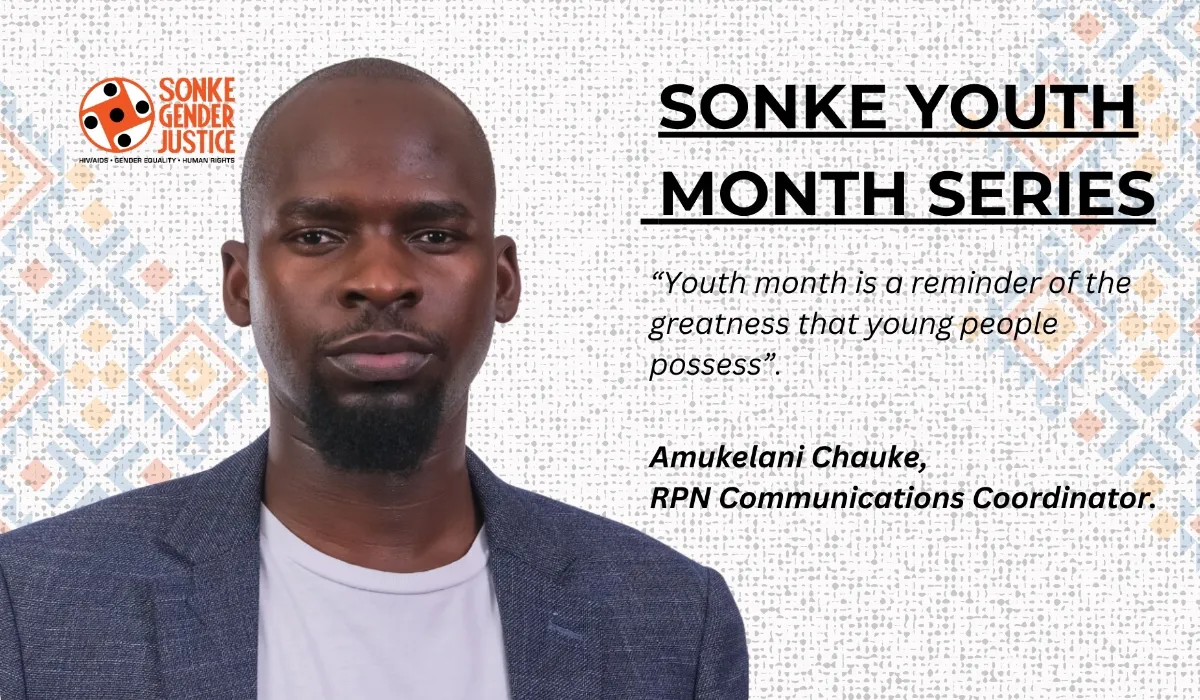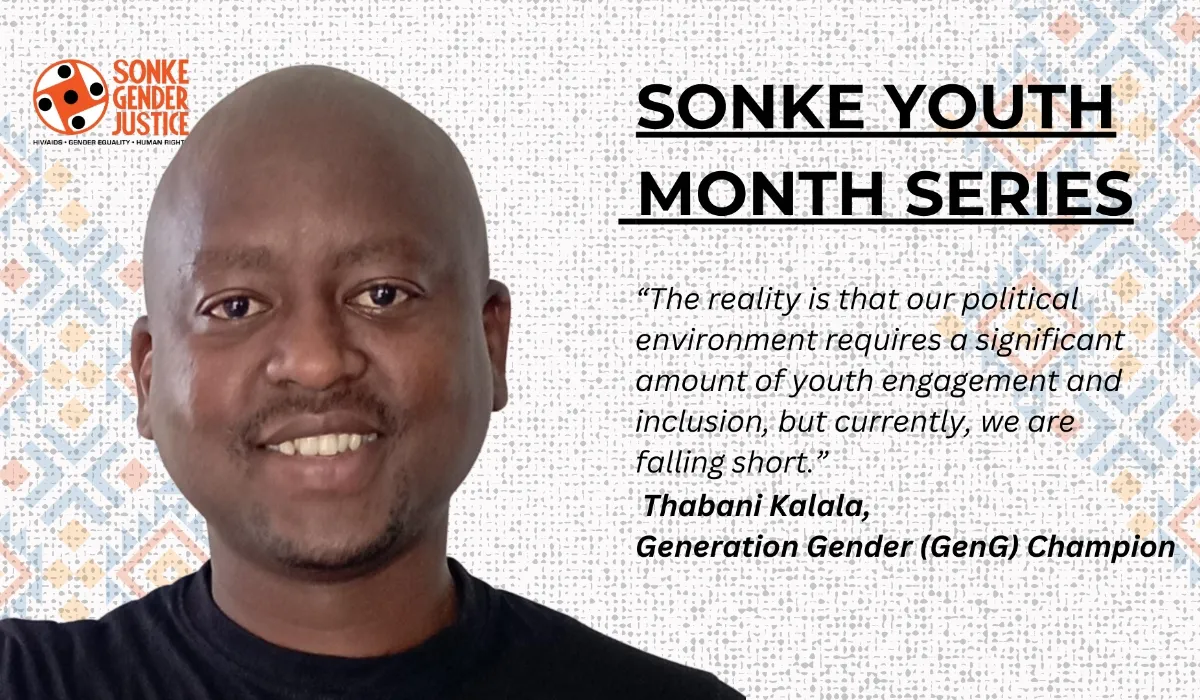The highly contentious draft Liquor Amendment Bill 2016 has been the topic of debate for many months now. With the submission date for public comments finally concluding on Thursday 15 December, it is timeous to consider one of the more perplexing omissions in the Bill.
But first, let’s look back to Friday 25 November; the craziness that was Black Friday. Thousands of people rushed frantically to retail and grocery stores, in the hopes of getting a great deal – which was pretty much assured, as long as they avoided getting trapped in a stampede of people and had the stamina to wait in massive queues. Reportedly Checkers served over a million customers and sold enough Coca-Cola to fill three Olympic-sized swimming pools.1 Yet consumerism was not only at its peak within shopping malls, as online shopping records reached heights this Black Friday. For example, Raru, an online shopping site, was able to surpass an average day’s turnover by 1100% within a mere 14 minutes.2
There have been mixed reactions to South Africa’s appropriation of this American craze, which began in the early 1930s in the US but was only initiated in South Africa in 2014 by Checkers. Social media was alight this Black Friday, with posts ranging from criticism of Black Friday’s exploitation of poorer people – in that it encourages them to spend money excessively and recklessly – to expressions of gratitude and happiness by people who were able to buy necessary and luxury items for cheap, which they may not have otherwise been able to afford. Either way, Black Friday leads one to question the unchecked consumerism that it seems to signify and promote.
I was saddened, though not altogether shocked, to learn that the first product sold out at grocery stores was alcohol. According to a SABC report, one shopper stated, “It looks like the purpose of Black Friday was for the sale of alcohol. Alcohol is [cheaper] today than ever before.”3
On 1 December Premier Helen Zille wrote the following Twitter post: “39% of expenditure on Black Friday was on alcohol, and 29% on food. I do not think we understand the extent of our alcohol abuse crisis”.4 She has received significant backlash for this statement, with many people stating tongue-in-cheek that if land and housing were on sale on Black Friday then there would not have been as great a need to purchase alcohol. Furthermore, many social media users expressed the sentiment that some people need alcohol as a means of survival or escapism – one tweet reads, “alcohol is cheaper than food. Alcohol gives you an escape from reality”.5
While it is important to acknowledge these very real and complex issues around the purchase and consumption of liquor, it is crucial to note the significant harms that are related to alcohol abuse (i.e. excessive binge drinking, as opposed to moderate and social drinking) on individuals and society as a whole.
Intoxication leads to loss of control and lack of capacity. This inhibition could result in increased risks of reckless driving, criminal offence perpetration and victimisation, violence, and unsafe sex. Dangerous drinking leads to dangerous societies.
The relationship between alcohol abuse and the perpetration of gender-based violence (GBV) is of particular concern. For example, women with male partners who “come home drunk frequently” are 4 to 7 times more likely to suffer violence;6 intimate-partner violence (IPV) perpetrators are 5 times more likely than non-perpetrators to consume alcohol;7 men with alcohol problems are generally more likely to commit IPV;8 and male-to-female aggression is 11 times more likely to occur on days when perpetrators were drinking alcohol.9 Additionally, there are proven links between alcohol abuse and the transmission of HIV: compared with non-drinkers, non-problem drinkers had 1.6 fold higher HIV prevalence, while problem drinkers had a 2.0 fold higher prevalence.10 It is therefore clear that excessive alcohol consumption is a serious public health issue.
Studies have shown that regions with lower alcohol use have lower HIV rates and that lessening alcohol use can reduce the incidence of GBV. Alcohol abuse prevention mechanisms are therefore crucial, especially in South Africa, which has one of the highest alcohol consumption rates in the world. According to WHO, pure alcohol consumption (per litre) in South Africa is at 11.5, which pushes South Africa up to the third biggest drinking nation in Africa, and the 19th biggest drinking nation in the world.11 Furthermore, research shows that more than a quarter of the drinking population in South Africa are considered binge drinkers.12
In recognition of this, Parliament put forward a National Liquor Policy,13 which contains policy recommendations intended to amend the current Liquor Act 59 of 2003. Most of these recommendations have informed and been included into the new draft Liquor Amendment Bill, 2016. Namely, restrictions on alcohol advertising; the imposition of a radius restriction on places distributing and selling alcohol; and the increase of the minimum drinking age from 18 to 21. There is, however, a notable exception: the Bill does not contain a provision relating to an increase in the price of alcohol.
This is particularly perplexing considering the following recommendation in the National Liquor Policy:
“Research shows that pricing policies can be used to reduce underage drinking, to halt progression towards drinking large volumes of alcohol and or episodes of heavy drinking and to influence consumers’ preferences. Increasing the price of alcoholic beverages is therefore one of the most effective interventions to reduce harmful use of alcohol (WHO: 2010)…There might be scope to further increase the excise duties on alcohol beverages.”
Additionally, the draft Western Cape Alcohol-Related Harms Reduction Policy Green Paper (2016)14 makes the following recommendation: “Lobby national government to increase the price of alcohol through increasing excise tax and/or introducing minimum unit pricing.”
If Black Friday is anything to go by, when the price goes down the purchasing of alcohol clearly goes up. Numerous studies have confirmed this inverse relationship, finding that an increase in alcoholic-beverage taxes could be a highly effective option for reducing excessive alcohol consumption and its consequences.15 According to WHO, research in the USA shows that increasing the price of alcohol by 1% will decrease the probability of IPV by 5%.16
Thus not only would a policy of increased alcohol taxation signify government’s condemnation of the harms associated with excessive alcohol consumption, but it might also deter persons from buying alcohol excessively or at least decrease the amount of alcohol that they purchase. Therefore it is surprising that government has not included this intervention – arguably one of the most effective public policies on excessive alcohol consumption17 – in the Bill, where the stated aim is to reduce the harms of excessive alcohol drinking.
It might be surmised that this omission reflects government’s fear of strong pushback from the powerful alcohol industry, as we have seen with the contestation on the sugar tax. Hopefully this will be addressed in further public consultations on the Bill.
In the meantime, though, we should celebrate the existing provisions in the Bill that serve to restrict excessive alcohol consumption as a public health triumph, insofar as they have an impact on gender-based violence and HIV.
Endnotes
- Lynsey Chutel and Yomi Kazeem ‘South Africans and Nigerians are adopting the traditional frenzy of US Black Friday’ Quartz Africa, 25 Nov 2016. Available at: http://qz.com/846131/black-friday-sales-are-increasingly-happening-across-africa/
- Graham van der Made ‘Here’s how Raru, Wootware handled South Africa’s Black Friday rush’ Memeburn, 29 Nov 2016. Available at: http://memeburn.com/2016/11/wootware-raru-black-friday/
- Bafedile Moerane and Moitsi Masibi ‘Black Friday attracts Botswana citizens’ SABC News, 25 Nov 2016. Available at: https://m.facebook.com/BotswanaGovernment/posts/1149577305124926
- This statistic remains unverified by Zille, claiming that she heard it on a radio news report.
- https://twitter.com/carmelosegopolo/status/804400198315282432
- Andrew Morrison, et al. ‘Addressing Gender-Based Violence: A Critical Review of Interventions’ (2007) 22(1) The World Bank Research Observer 25.
- M. Christina Hove, et al. ‘Alcohol Consumption and Intimate Partner Violence Perpetration among college students: the role of self-determination ‘ (2010) 71 Journal of Studies on Alcohol and Drugs 78.
- Ibid.
- W Fals-Stewart, et al. ‘The occurrence of male-to-female intimate partner violence on days of men’s drinking: The moderating effects of antisocial personality disorder.’ (2005) 72 Journal of Consulting and Clinical Psychology 239.
- Matthew Chersich, et al. ‘Enhancing global control of alcohol to reduce unsafe sex and HIV in sub-Saharan Africa’ (2009) 5(16) Globalisation and Health.
- ‘South Africa alcohol consumption vs the world’ Business Tech, 27 May 2016. Available at: https://businesstech.co.za/news/lifestyle/124939/south-africa-alcohol-consumption-vs-the-world/
- Ibid.
- http://pmg-assets.s3-website-eu-west-1.amazonaws.com/161101gazette.pdf
- https://www.westerncape.gov.za/assets/departments/premier/alcohol_harms_reduction_green_paper_29112016.pdf
- Xin Xu and Frank Chaloupka ‘The effects of prices on alcohol use and its consequences’ (2011) 34(2) Alcohol Res Health 236.
- Intimate Partner Violence and Alcohol Fact Sheet. World Health Organisation, Geneva. Available here.
- National Drug Master Plan (2013-2017). Department of Social Development, South Africa. Available here.

